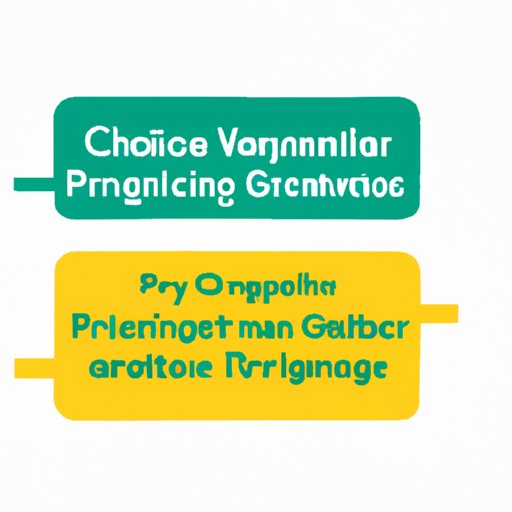
How to Avoid Plagiarism: Tips for Original Writing
Writing can be a challenging task, but it can be even more complicated when you have to come up with original content. Plagiarism is a common problem, and it can lead to severe consequences in academic or professional settings. In this article, we will examine practical ways to avoid plagiarism and produce original writing.
What is Plagiarism?
Plagiarism is the act of using someone else’s work or ideas without proper attribution. It can be intentional or unintentional, but regardless of the intentions, plagiarism has severe consequences. When you present someone else’s work as your own, you rob others of the credit they deserve and undermine trust in your work.
There are different forms of plagiarism, including direct copying, paraphrasing without proper citation, and presenting someone else’s work as yours. It is essential to know the different ways plagiarism can happen not to fall victim to it.
Use a Plagiarism Checker
One of the best ways to avoid plagiarism is to use a plagiarism checker. This tool can scan your work and identify any instances of plagiarism, either intentional or accidental. Plagiarism checkers compare your writing to a vast database of sources and can identify any overlapping content. By using a plagiarism checker, you ensure that your work is 100% original and free of plagiarism.
It is crucial to check every piece of content you produce, including blog posts, academic papers, and social media posts. Your work can unintentionally overlap with other content on the internet, so it is best to run it through a checker before publishing or submitting it.
Cite Your Sources Correctly
When you use someone else’s work, it is vital to give them proper credit by citing the source. There are different styles of citation, including APA, MLA, Chicago, and others. Each style has specific guidelines on how to cite sources correctly. It is necessary to learn these guidelines not to fall victim to accidental plagiarism.
To avoid plagiarism, you must follow the citation rules strictly. Provide in-text citations, footnotes, or endnotes, depending on the citation style. Additionally, include a bibliography or works cited page to list all the sources used in your work.
Paraphrase Correctly
Paraphrasing is a useful technique to incorporate someone else’s ideas into your work while maintaining originality. It involves rewriting someone else’s work in your words while keeping the meaning intact. It is crucial to change the sentence structure, choice of words, and order of ideas to create a new perspective while respecting the original author’s work.
However, paraphrasing can be tricky as it is easy to fall into the trap of accidental plagiarism. To avoid this, always cite the original source in your work, even when paraphrasing.
Plan Your Writing Process
Planning your writing process is an essential step in avoiding plagiarism. Before starting any piece of writing, it is crucial to research and gather information relevant to the topic. Create an outline that will help you organize your thoughts and ideas before putting them on paper.
Break down the larger project into smaller sections or ideas to make the writing process more manageable. Research each section independently to understand the topic and gather additional information. This way, you will avoid the temptation to copy someone else’s work.
Good Time Management
Good time management is essential in producing original content. Do not wait until the last minute to start your writing as this leaves little time for research, drafting, and editing. Starting early also provides an opportunity to seek help when needed.
Set a timetable and stick to a schedule to ensure that you meet your deadlines and produce quality work. This will give you ample time to research, write and proofread your work, reducing the chances of plagiarism.
Develop Good Writing Habits
To create original content, you need to develop good writing habits. Always aim for originality. Avoid and shun the temptation to copy someone else’s work. Instead, strive to present your ideas in a new and unique way.
When using someone else’s ideas, ensure that they are consistent with the context of your work. Do not present someone’s work as yours. Instead, recognize their input by citing them. Keep notes of ideas and points researched for future reference.
Conclusion
Producing original content is essential in any writing task, academic or professional. Plagiarism undermines the credibility of your work, and it is vital to avoid it at all costs. The tips mentioned above, including using plagiarism checkers, proper citation, paraphrasing correctly, planning your writing process, good time management, and developing good writing habits, can help you avoid plagiarism and produce original work.
By following these tips, you show respect for others’ work and build trust in your own writing. Practicing originality also enhances your critical thinking and research skills, preparing you for future writing challenges. To learn more about avoiding plagiarism and producing original content, check out additional resources on the topic.




